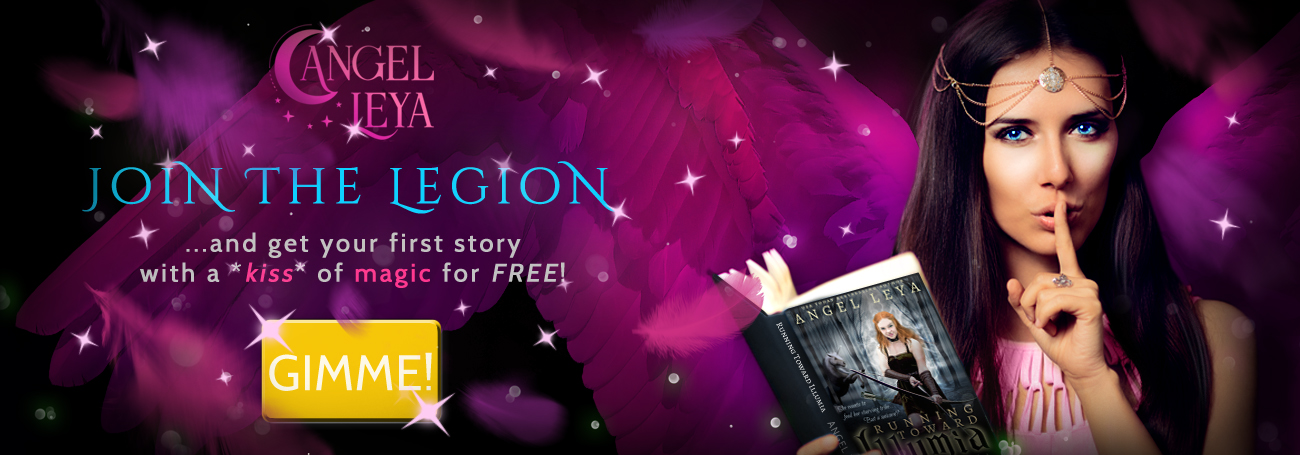 Show and tell – no, I’m not talking about a grade school assignment, though it’s somewhat comparable. I’m talking about a phrase that you have probably heard from one author or another, but you probably still don’t understand. So, let’s dive in and rip this concept apart.
Show and tell – no, I’m not talking about a grade school assignment, though it’s somewhat comparable. I’m talking about a phrase that you have probably heard from one author or another, but you probably still don’t understand. So, let’s dive in and rip this concept apart.
What is Telling?
When you’re writing about a character, you want the reader to understand what that character is going through. Are they mad? Sad? Angry? Hungry? Of course, you could just tell the reader, but this disengages them. Here’s a passage with a tell.
George felt hungry, so he headed to the kitchen to grab a snack. He rustled around in the pantry until he found some cookies to satisfy his sweet tooth, then headed back to the couch to enjoy them with a gunslinger romp on his game console.
As George bit into the first cookie, he was instantly aware of the heat in his mouth.
“Jimmy!” George hollered. He heard his younger brother giggling in delight from the other room, and George dashed in there to give him a piece of his mind.
So, not the greatest of stories, but did you catch the tells?
What is Showing?
Showing is a way to let the reader know what the characters are feeling without actually telling them. Think of it like body language. You look at someone in a crowded room, and you sense that they’re upset about something. How do you know? They’re off by themselves, or hanging their head. Their face may be downcast, their shoulders drooping, and they probably trudge around when they do move.
I don’t have to tell you that the person is sad – you can see for yourself. This technique is a great way to draw the reader in and get them emotionally involved in what you’re writing about. Let’s rewrite that last scene to remove the telling.
George’s stomach was rumbling, so he headed to the kitchen to grab a snack. He rustled around the pantry until he found some cookies to satisfy his sweet tooth, then headed back to the couch to enjoy them with gunslinger romp on his game console.
As George bit into the first cookie, his mouth was set on fire. He began sweating, and he rushed to find something to ease his pain.
“Jimmy!” George hollered. He heard his younger brother giggling in the other room, and George dashed in there, his fists clenched, a painful scowl on his face.
In this example, you see that I’m no longer telling you what George is feeling, but giving you physical cues instead – I’m showing you. Even down to shortening Jimmy’s response from “giggling in delight” to just “giggling,” you see that the emotion of each is conveyed without me having to say what it is they’re feeling. It’s inferred by their physical responses.
Don’t Follow a Show With a Tell
So you wrote a really great scene. You set up the show, giving plenty of physical cues to the emotional state of your character. Here’s an example:
Jenny stared at the Valentine’s Day card in her hand. Where had it come from? And from whom? She couldn’t think of any man in her life who had showed any interest in her. Jenny opened the card, and scanned for a name, only to find that it was signed, ‘Your Secret Admirer.’
Jenny’s heart skipped a beat. A secret admirer? She stood up for a moment, pretending to stretch, and glanced surreptitiously around the room. She didn’t see anyone looking in her direction, and she bit her lip, reddening slightly as she slid back down into her chair.
She looked at the note, which simply read, “Be my Valentine,” and contemplated who could have written it. Jim was married. Eddie was in a committed relationship. She had never really spoken to Jamal or Richard, but they didn’t seem likely candidates either.
Ky rounded the corner of Jenny’s cubicle, and she caught her breath. She had forgotten about Ky. He smiled, and Jenny blushed. Her hands fluttered to her hair as she attempted to smooth what should still be a perfect hair-do, her heart beating so loud that she thought Ky might be able to hear it. Jenny had to admit that she found Ky attractive, and she felt flustered just thinking that he might actually be attracted to her too.
The last sentence of this example can totally be eliminated. Jenny is obviously attracted to Ky, and obviously flustered. What starts out as a compelling scene quickly disengages the reader, as their intelligence is insulted by author’s need to “tell” them what Jenny is feeling.
What do you think? Let me know if you have any questions, and I’ll answer them for you. Do you have any better examples? I would love to see them. Leave your questions and comments below!


